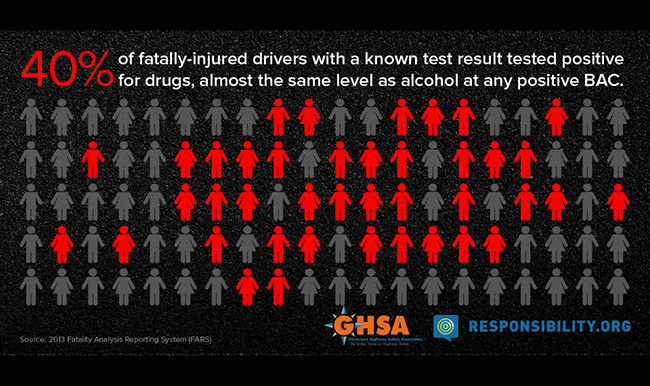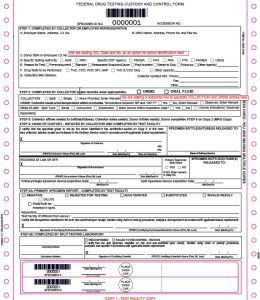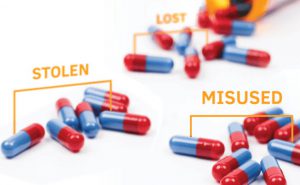The dangers of driving under the influence of alcohol have a long and highly documented history in the United States. Drunk driving is a societal issue which, according to the Centers for Disease Control, contributed to more than ten thousand fatalities in 2013 alone. Although public awareness of the effects of alcohol-impaired driving is well established in the U.S., the same can’t be said about drug-related driving impairment and its consequences.
Recently, the Governor’s Highway Safety Association (GHSA) released a guide for what states can do to help shed light on “drugged driving.” According to the GHSA, 40% of fatally-injured drivers tested positive for drugs in 2013 – about the same percentage as those who tested positive for alcohol. Changing perceptions of the dangers of drug use, relaxed state laws towards drugs like marijuana, and a general lack of awareness about the issue, may all be contributing to the rise in automobile accidents involving drugged driving.
The GHSA guide aims to help states build effective drugged driving prevention programs through a multi-pronged approach that focuses on:
1. Information about drugs and how they may affect drivers
Law enforcement may lack the knowledge and training necessary to detect drivers impaired by drugs. The guide details the effects of drugs, like marijuana, on drivers, “Marijuana impairs psycho-motor skills and cognitive functions like vigilance, time and distance perception, lane tracking, motor coordination, divided attention tasks, and reaction time.”
2. Knowledge of laws related to driving under the influence of drugs
Not every state treats these laws the same. In fact, states are split into three categories: General laws about driving under the influence of drugs, Zero Tolerance and Per se laws.
3. Increased awareness
The report cites the public’s general lack of knowledge of the detrimental effects of drugged driving. As a result, the GHSA calls for public education particularly focused on impairment caused by prescription, over the counter medications and marijuana.
 Lastly, the guide highlights four key recommendations as it relates to this problem: the general need to better understand the issue itself, more consistent laws from state to state, greater standardization for tracking drugged driving data and more regimented drug testing practices for those involved in automobile accidents.
Lastly, the guide highlights four key recommendations as it relates to this problem: the general need to better understand the issue itself, more consistent laws from state to state, greater standardization for tracking drugged driving data and more regimented drug testing practices for those involved in automobile accidents.
For more information about drug testing, visit our website.
 Your Privacy Choices
|
Privacy Notices
|
Terms
|
Language Assistance / Non-Discrimination Notice | Asistencia de Idiomas / Aviso de no Discriminación | 語言協助 / 不䈚視通知
Your Privacy Choices
|
Privacy Notices
|
Terms
|
Language Assistance / Non-Discrimination Notice | Asistencia de Idiomas / Aviso de no Discriminación | 語言協助 / 不䈚視通知



















The dangers of driving under the influence of alcohol have a long and highly documented history in the United States. Drunk driving is a societal issue which, according to the Centers for Disease Control, contributed to more than ten thousand fatalities in 2013 alone. Although public awareness of the effects of alcohol-impaired driving is well established in the U.S., the same can’t be said about drug-related driving impairment and its consequences.
Recently, the Governor’s Highway Safety Association (GHSA) released a guide for what states can do to help shed light on “drugged driving.” According to the GHSA, 40% of fatally-injured drivers tested positive for drugs in 2013 – about the same percentage as those who tested positive for alcohol. Changing perceptions of the dangers of drug use, relaxed state laws towards drugs like marijuana, and a general lack of awareness about the issue, may all be contributing to the rise in automobile accidents involving drugged driving.
The GHSA guide aims to help states build effective drugged driving prevention programs through a multi-pronged approach that focuses on:
1. Information about drugs and how they may affect drivers
Law enforcement may lack the knowledge and training necessary to detect drivers impaired by drugs. The guide details the effects of drugs, like marijuana, on drivers, “Marijuana impairs psycho-motor skills and cognitive functions like vigilance, time and distance perception, lane tracking, motor coordination, divided attention tasks, and reaction time.”
2. Knowledge of laws related to driving under the influence of drugs
Not every state treats these laws the same. In fact, states are split into three categories: General laws about driving under the influence of drugs, Zero Tolerance and Per se laws.
3. Increased awareness
The report cites the public’s general lack of knowledge of the detrimental effects of drugged driving. As a result, the GHSA calls for public education particularly focused on impairment caused by prescription, over the counter medications and marijuana.
For more information about drug testing, visit our website.